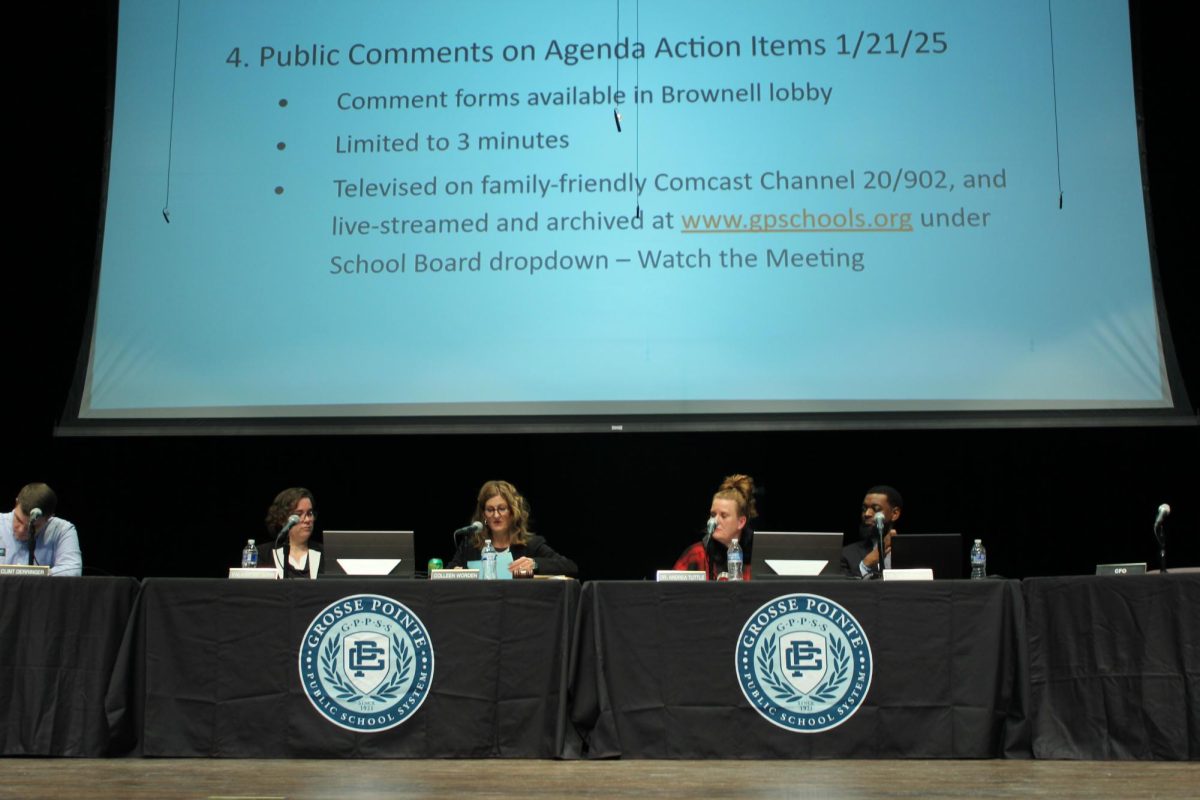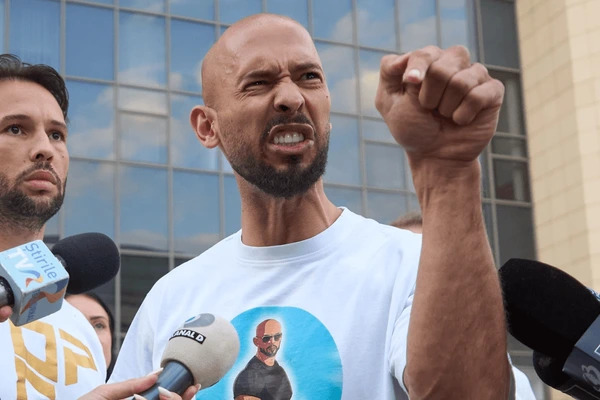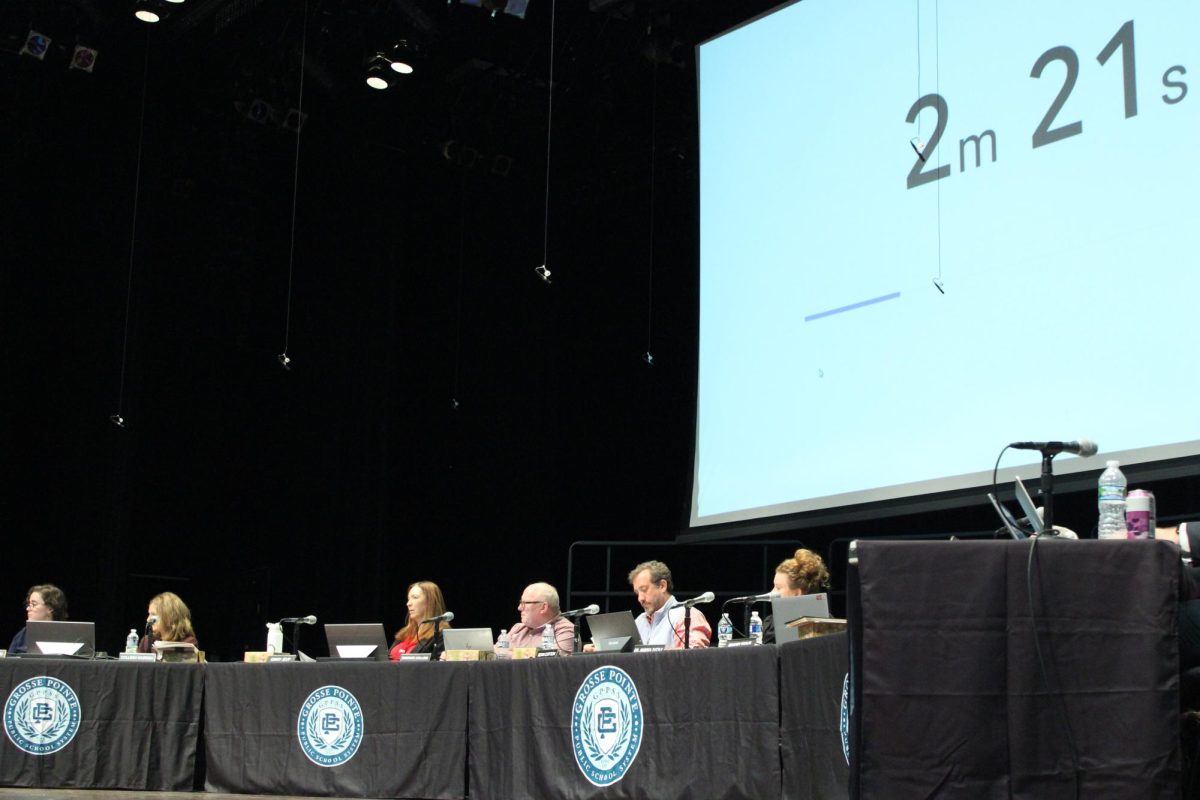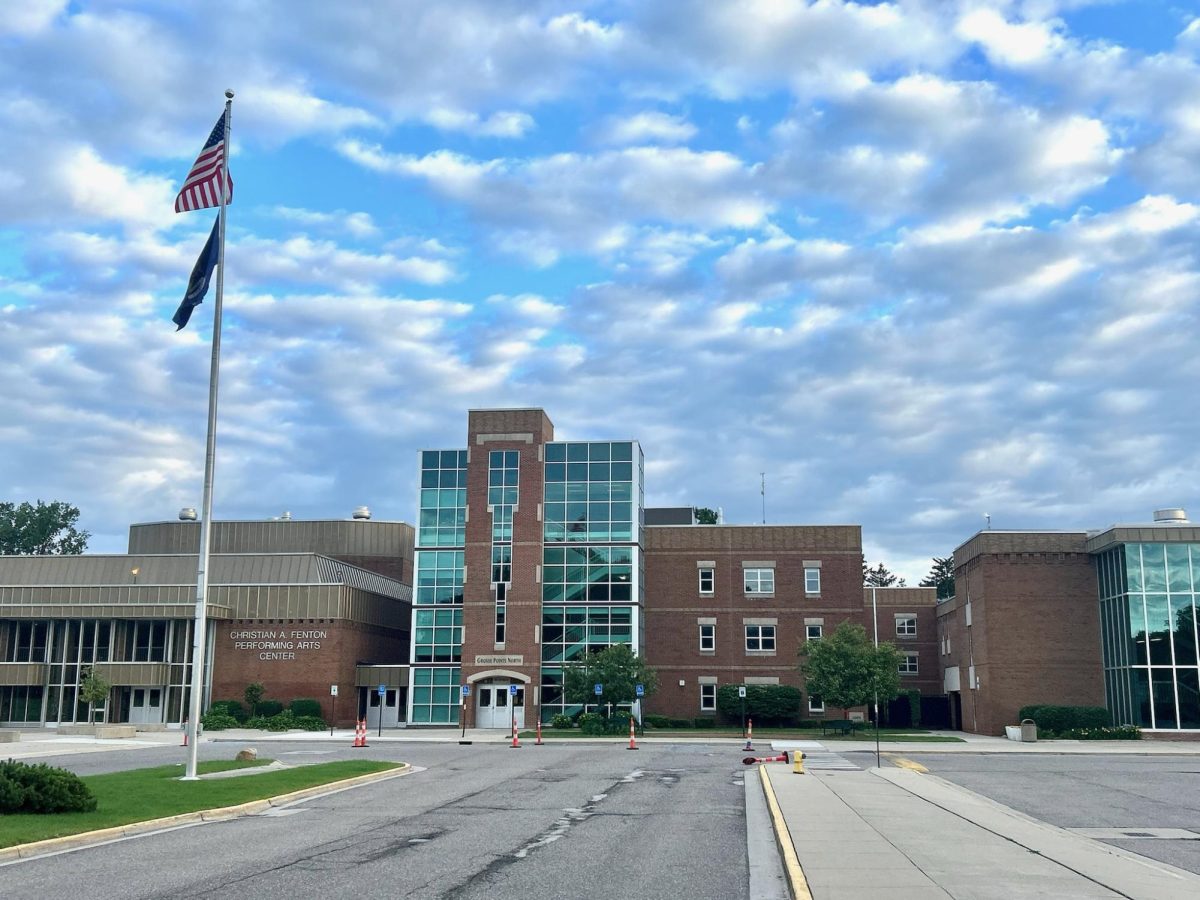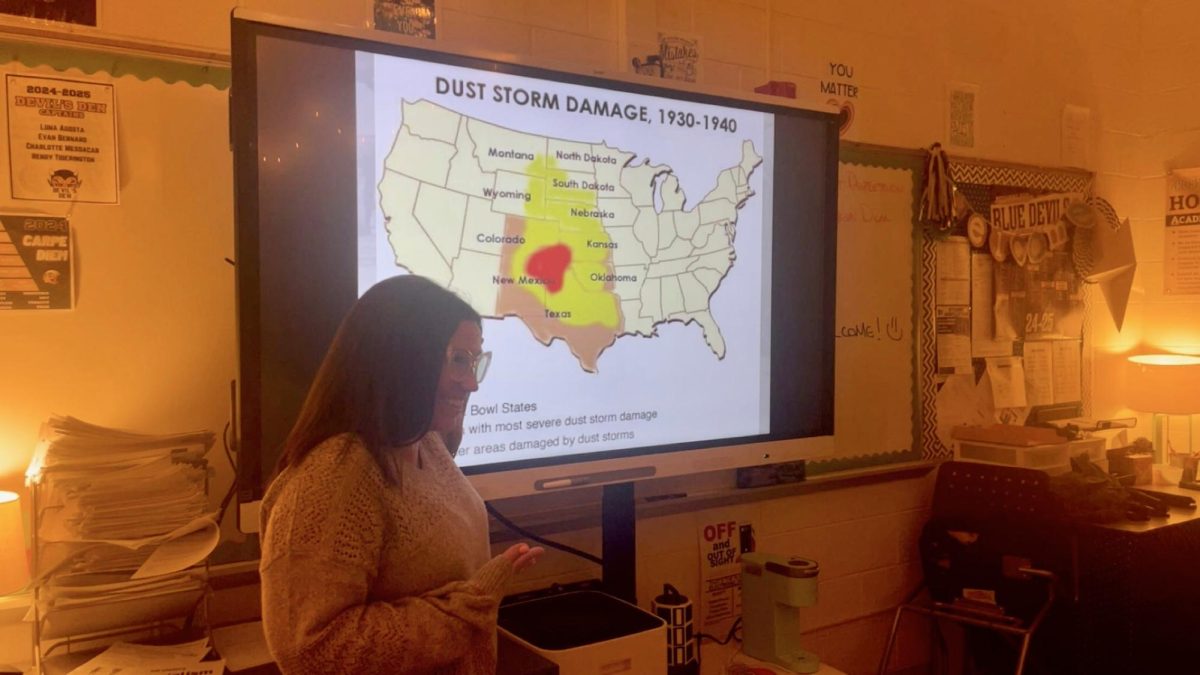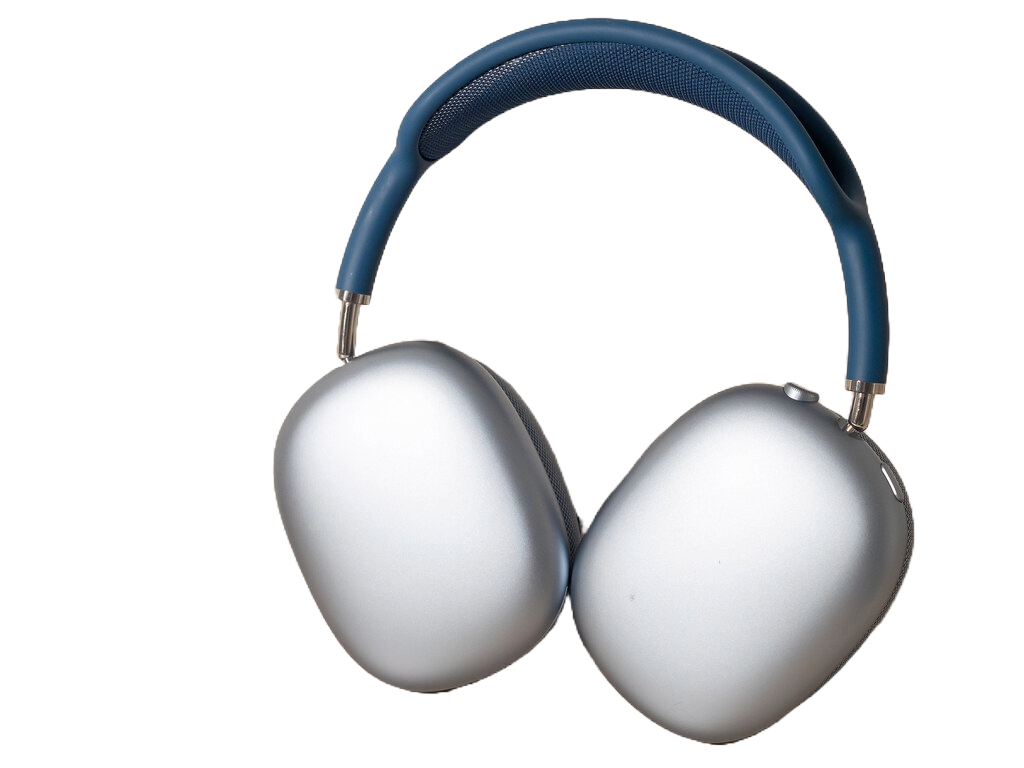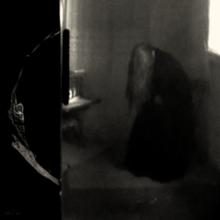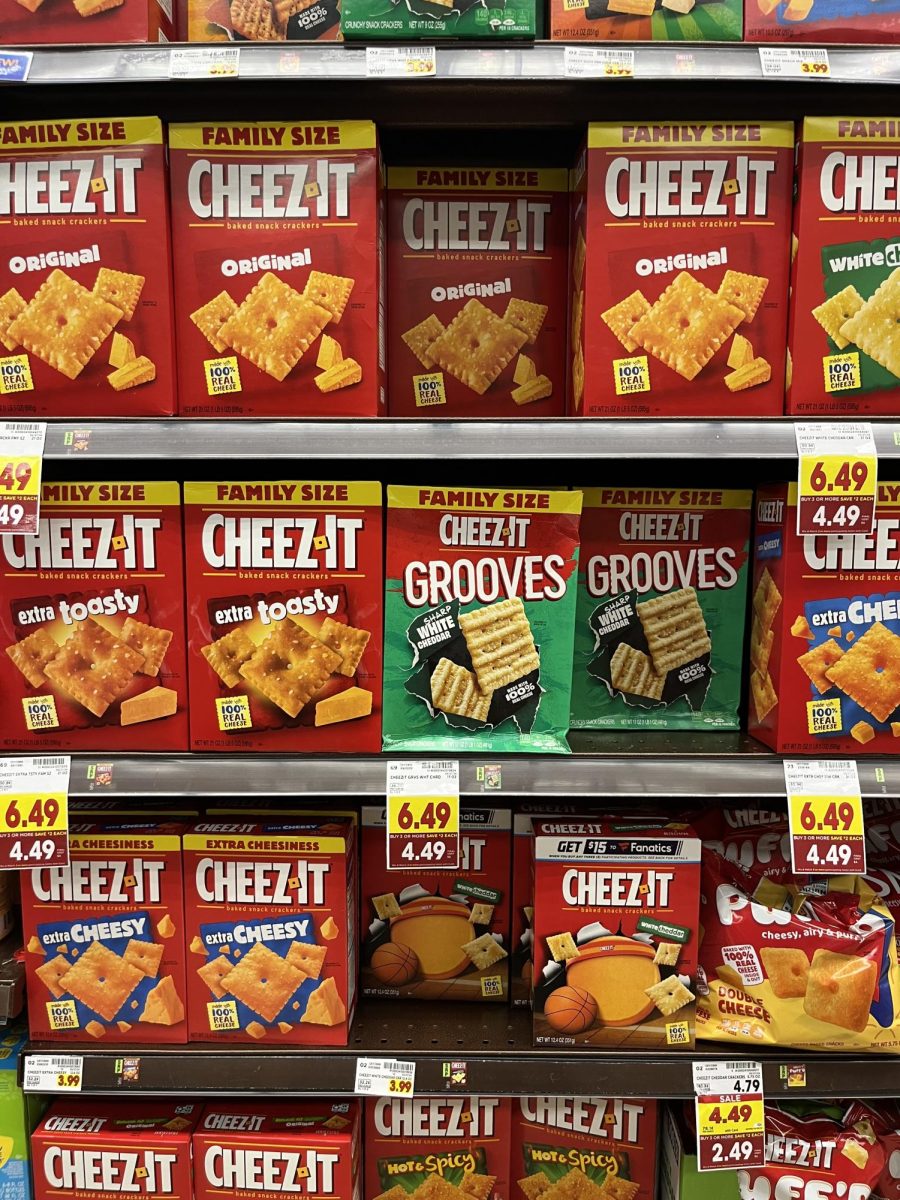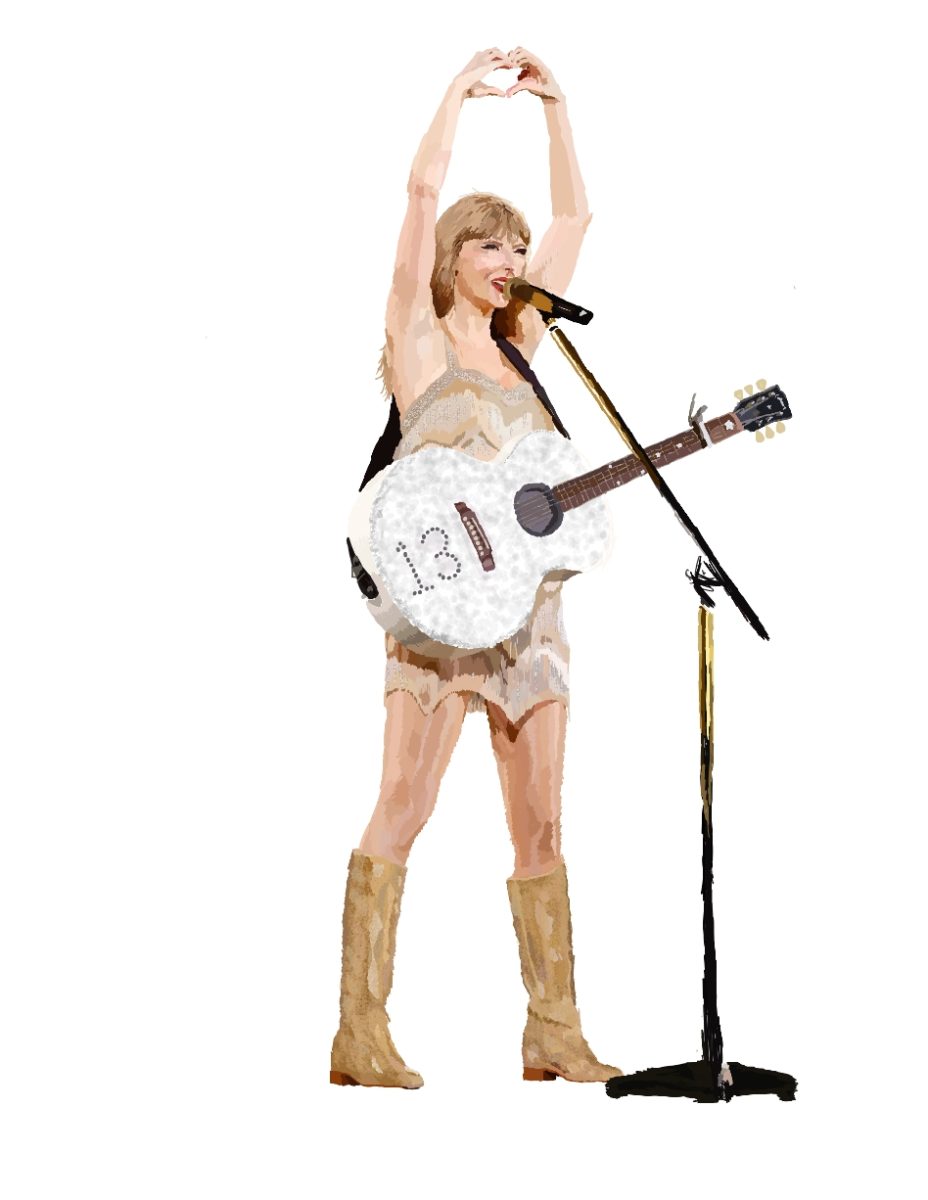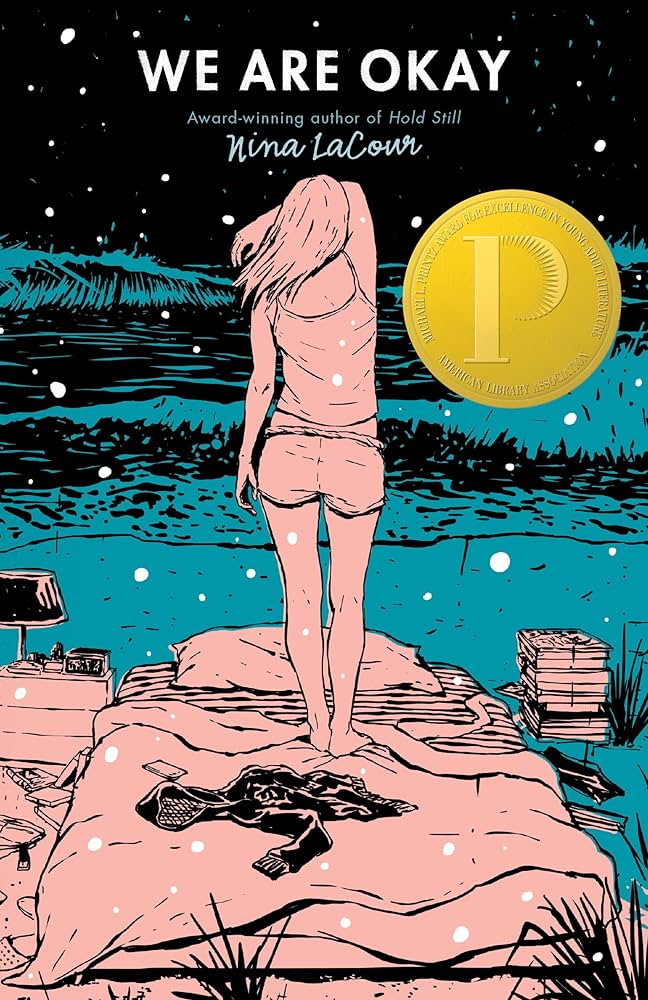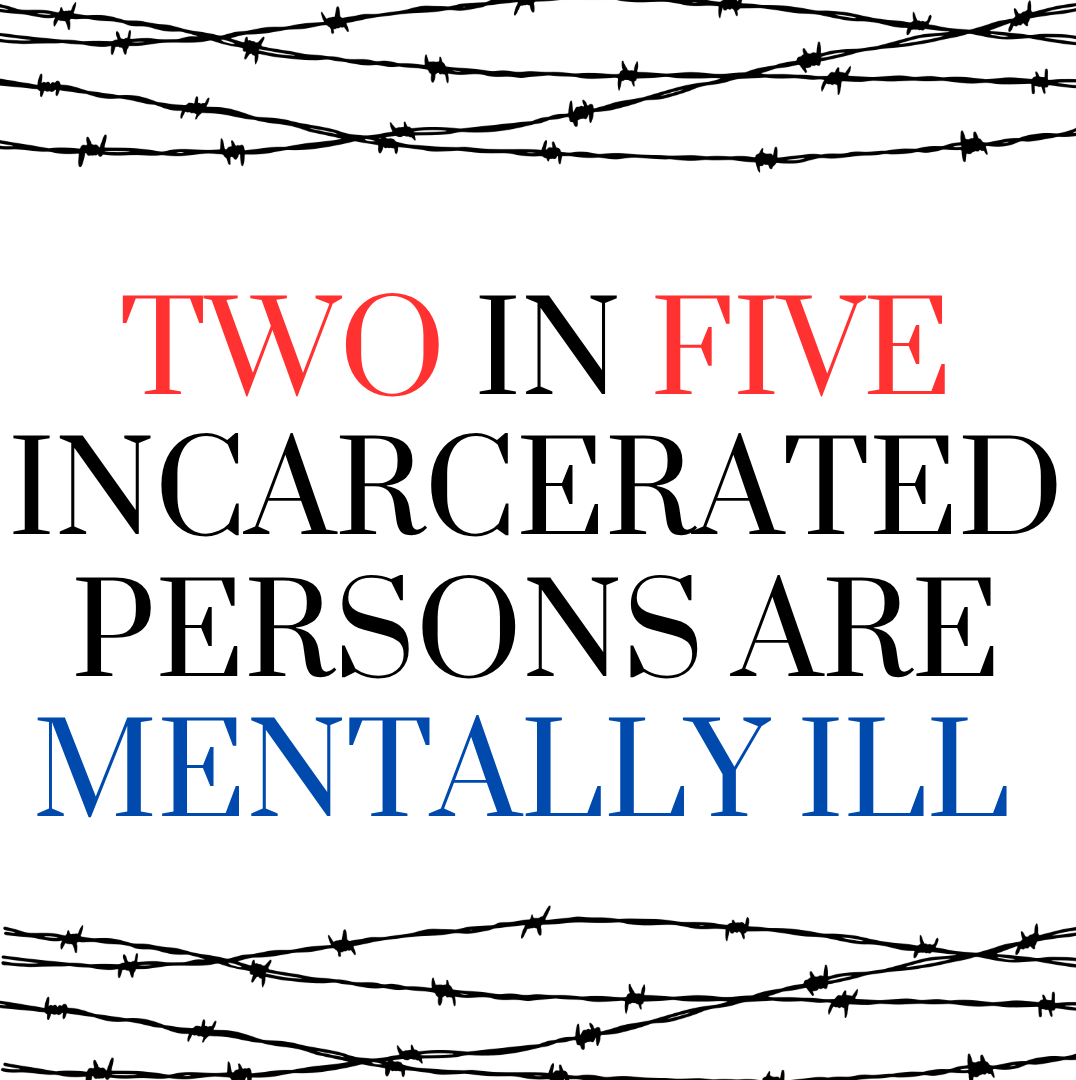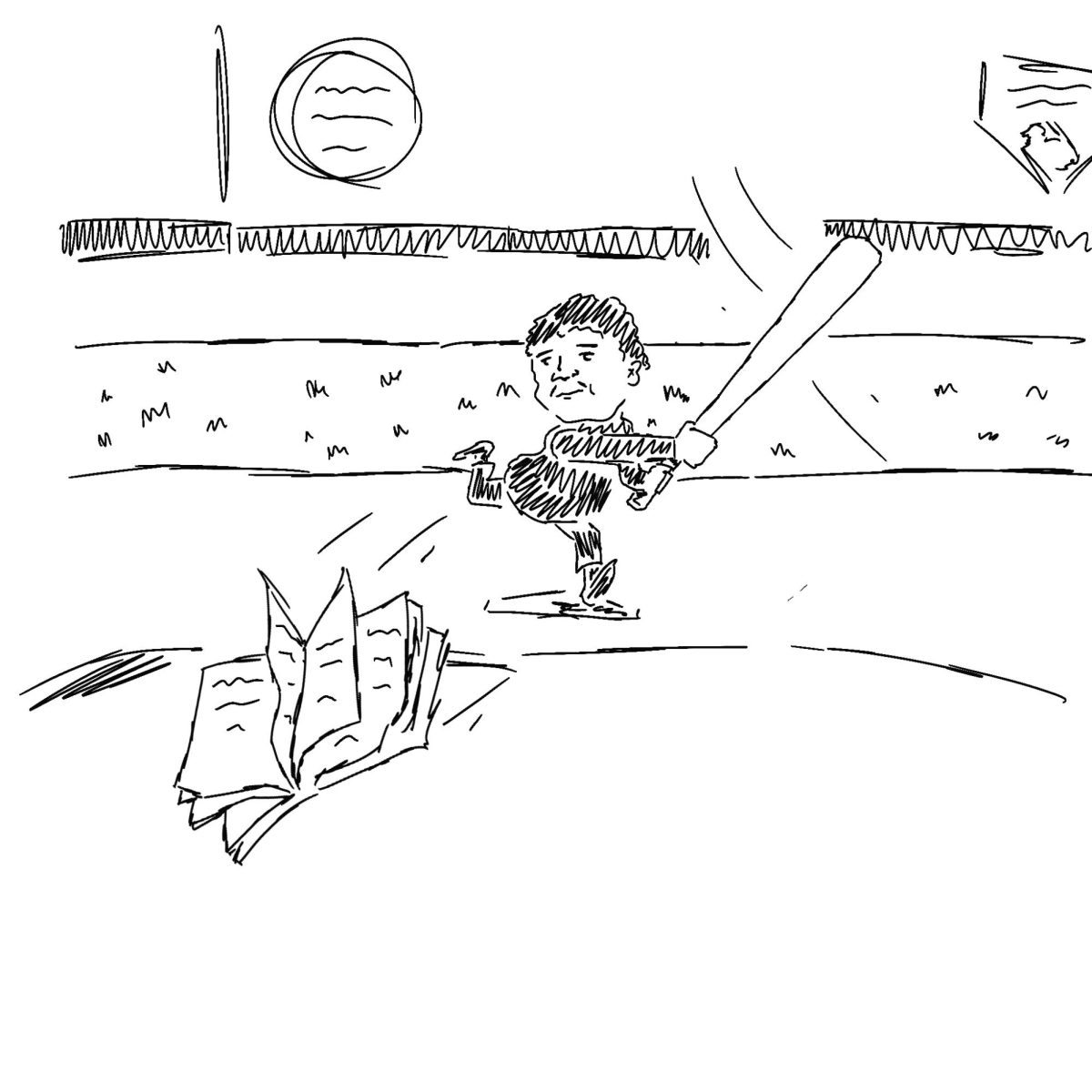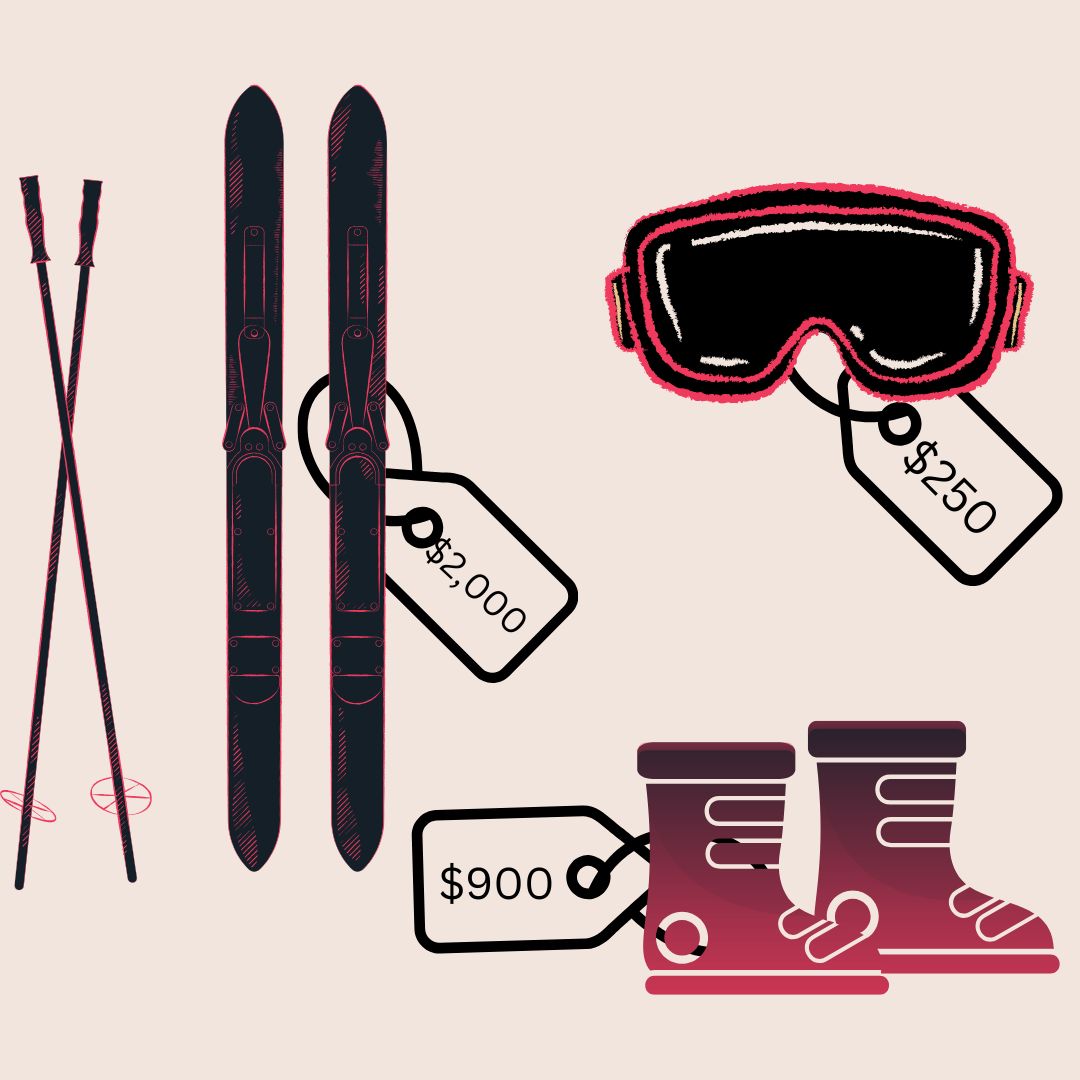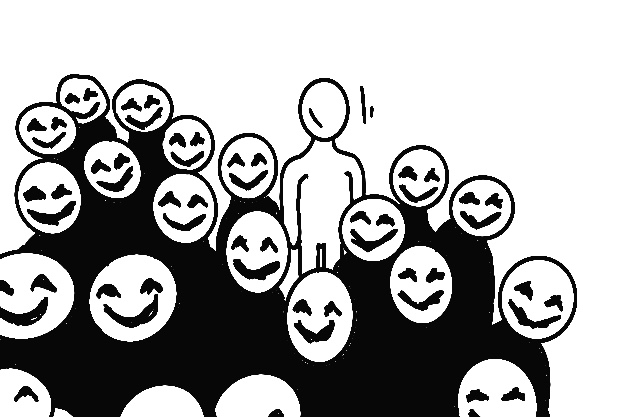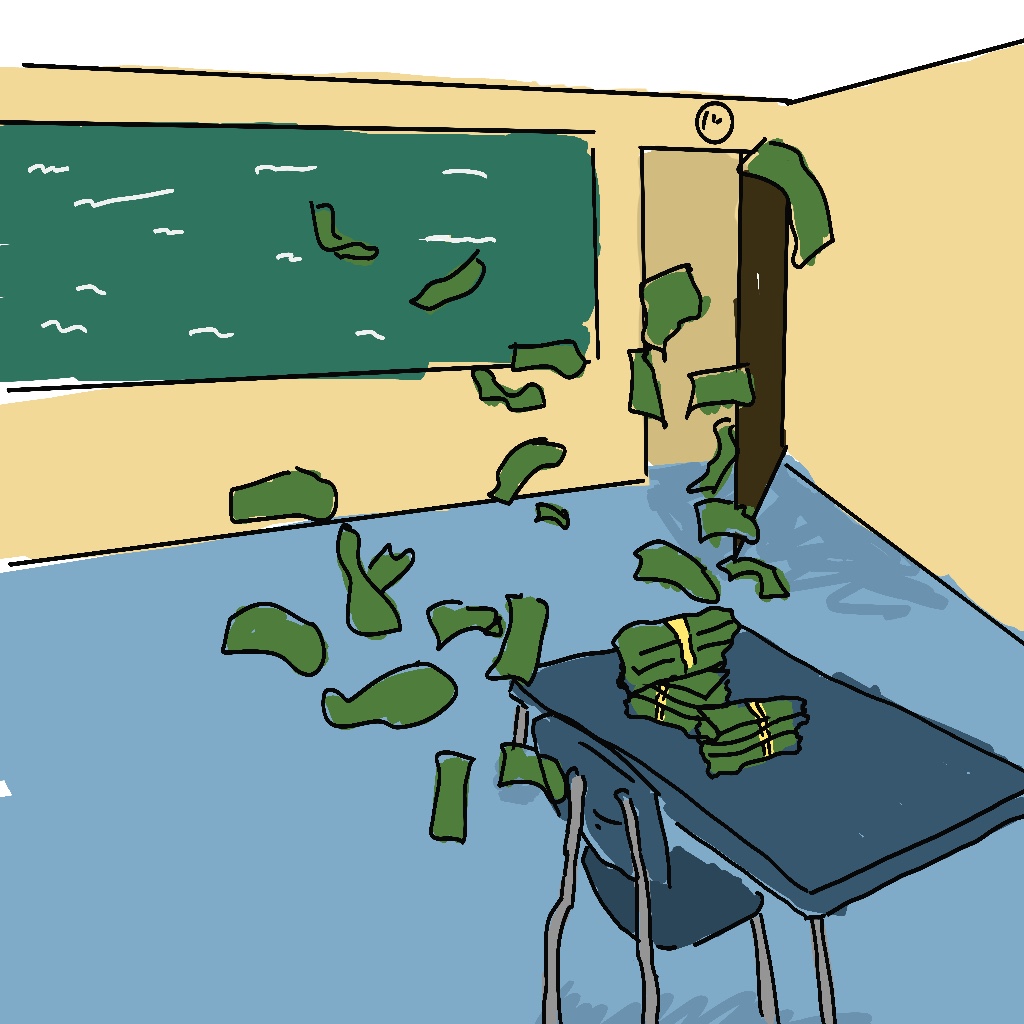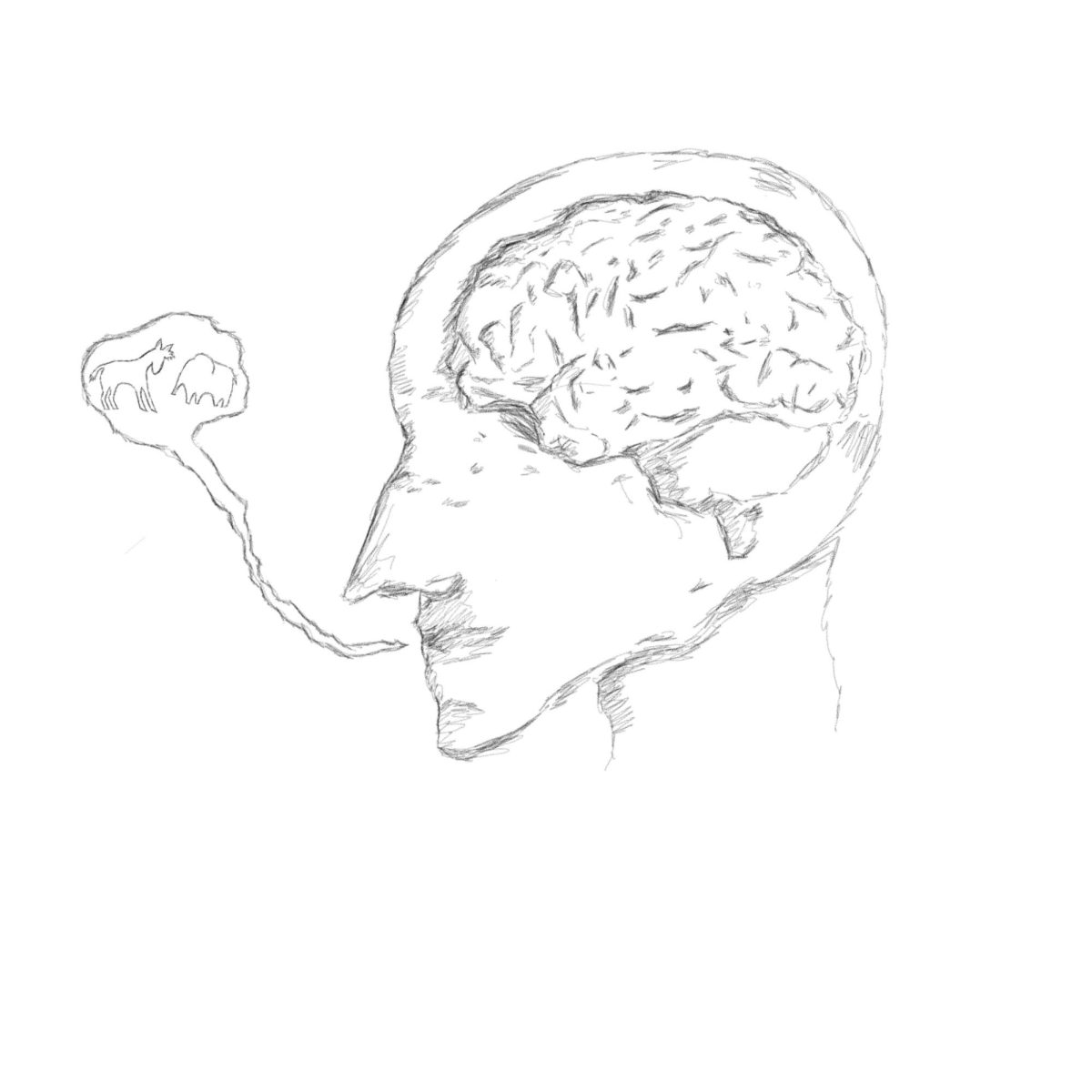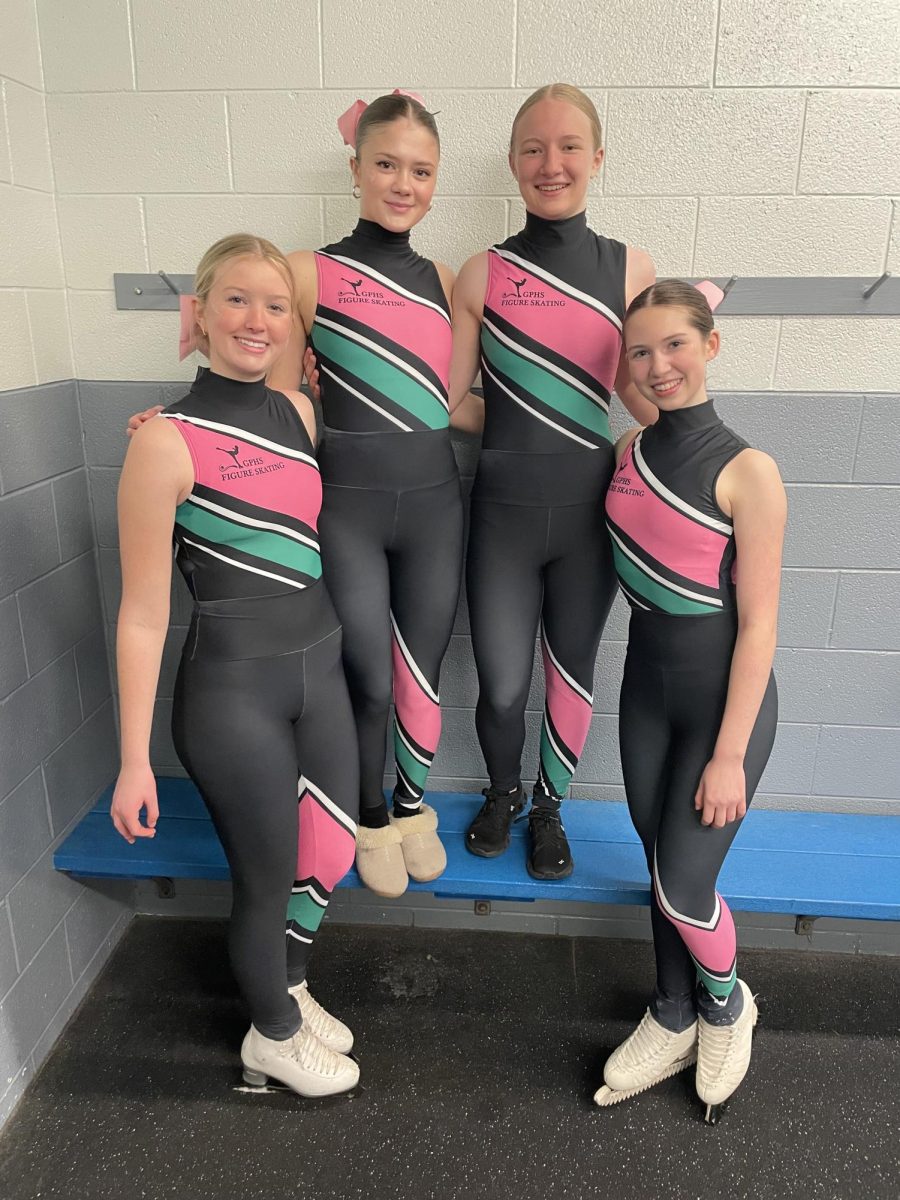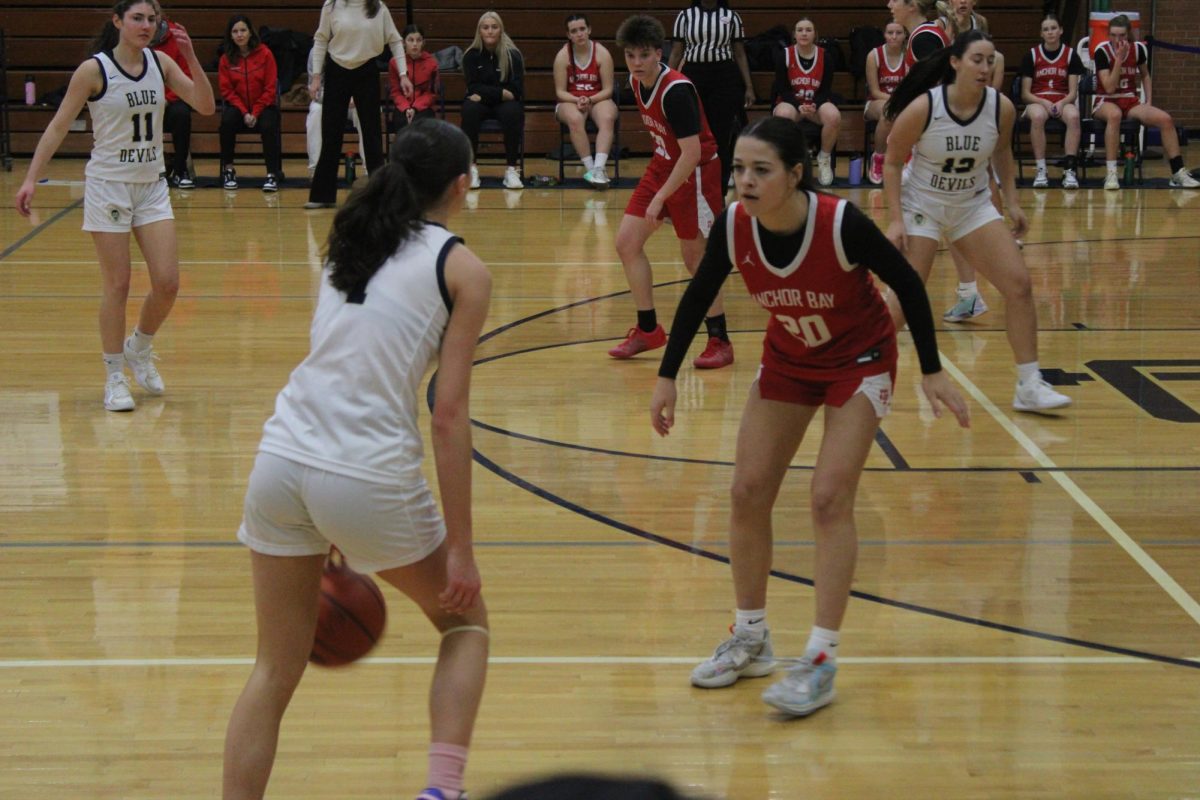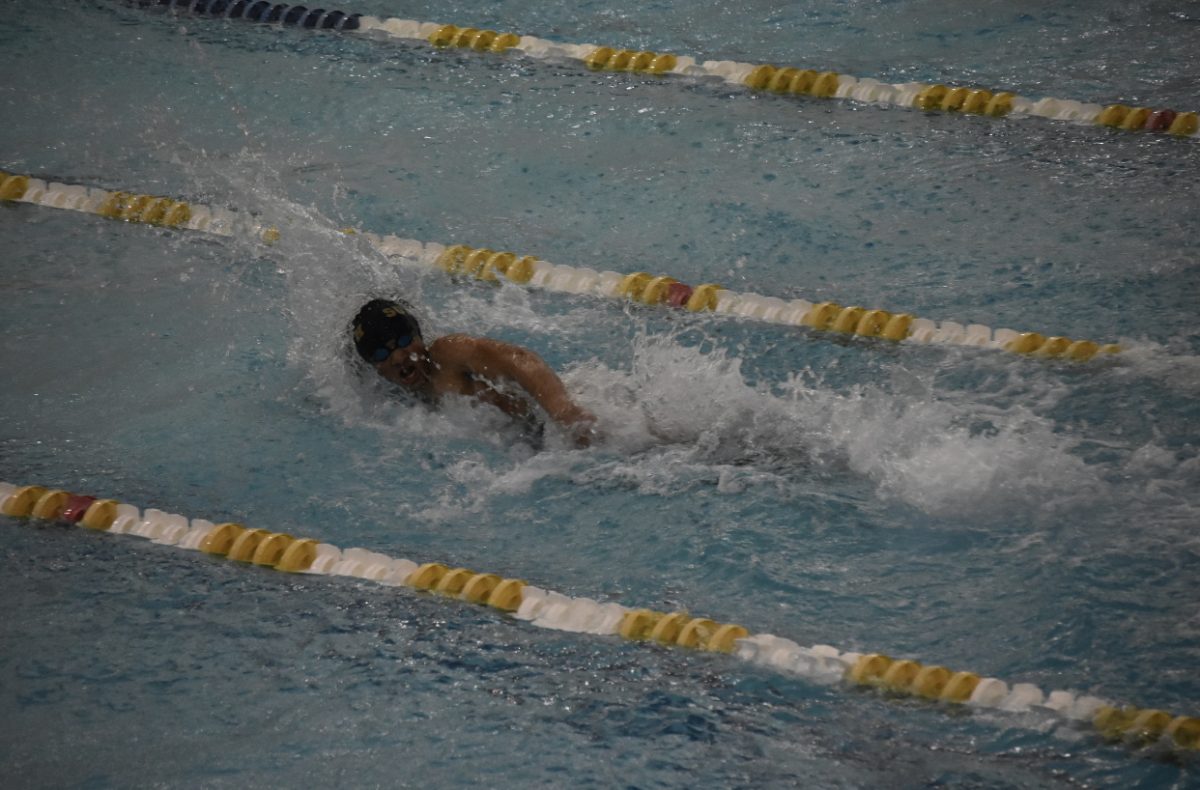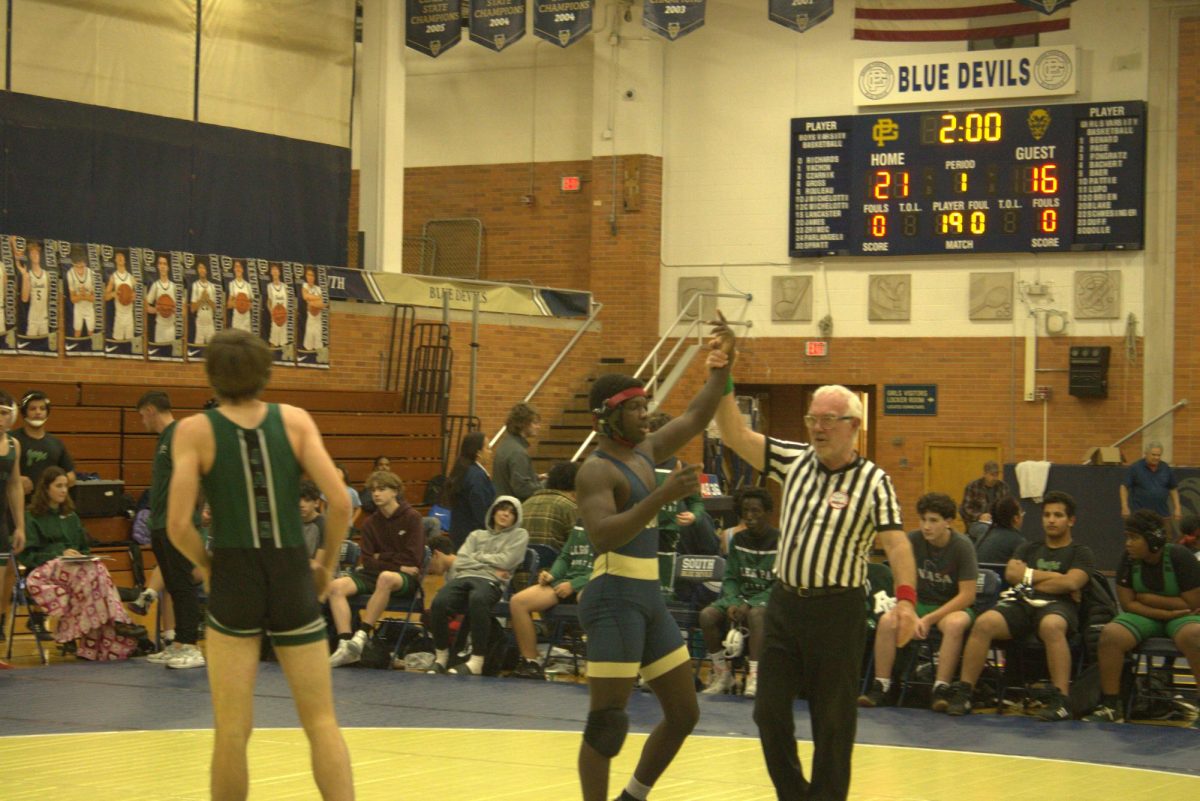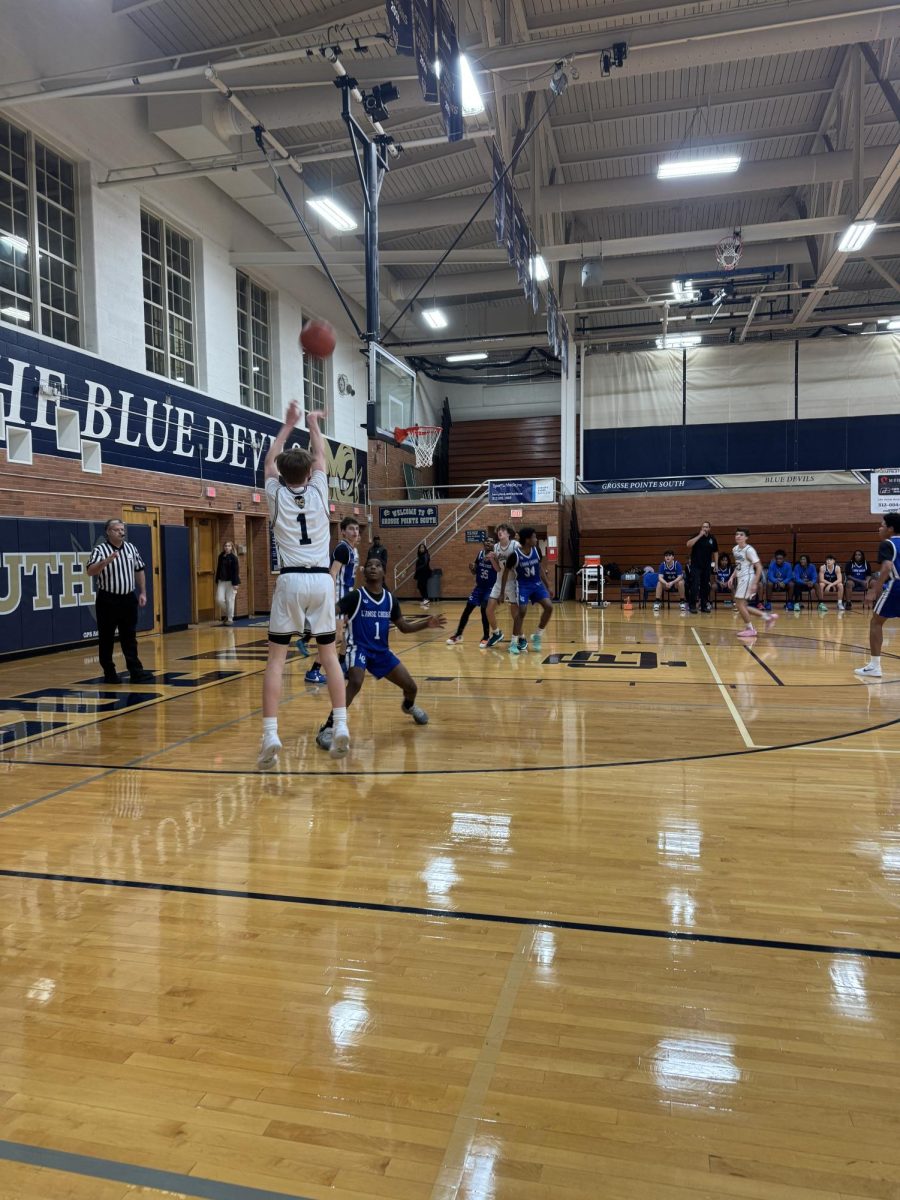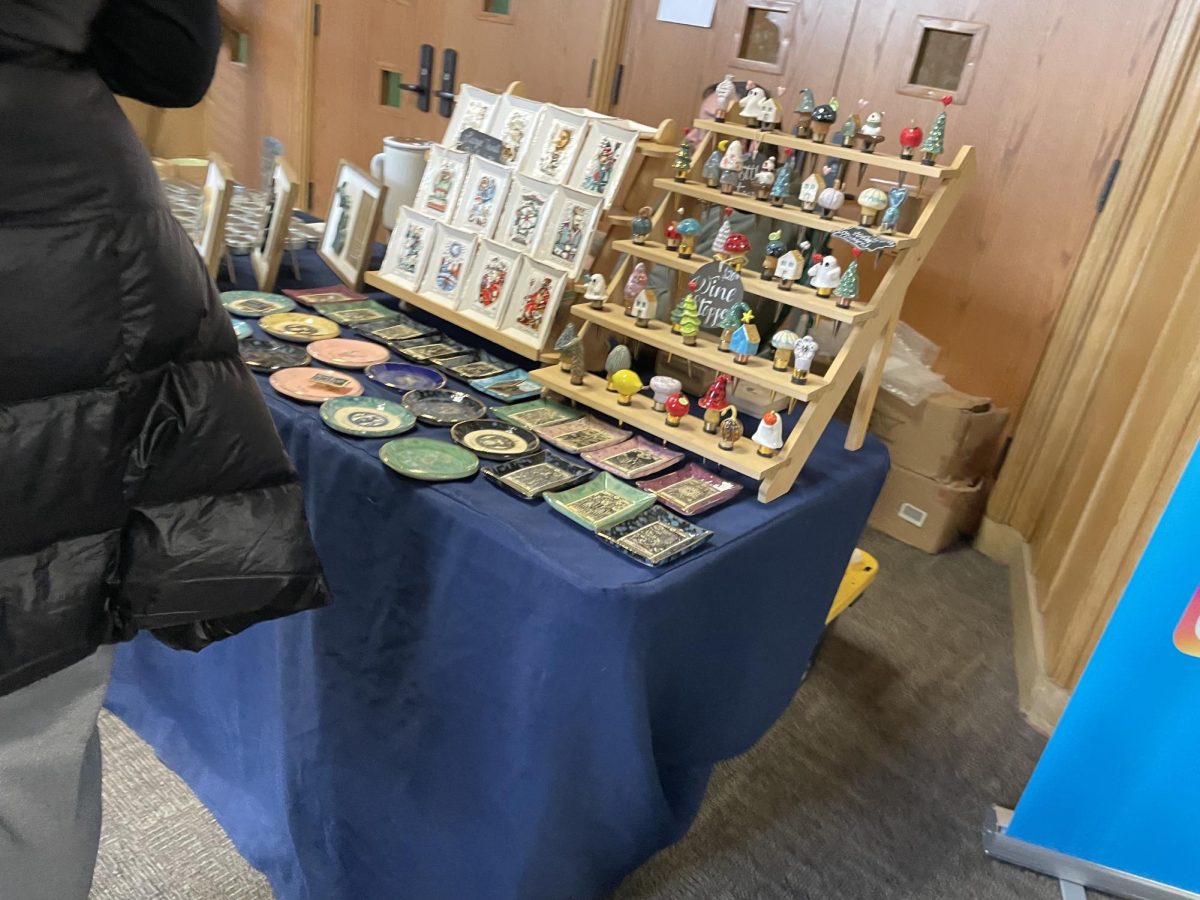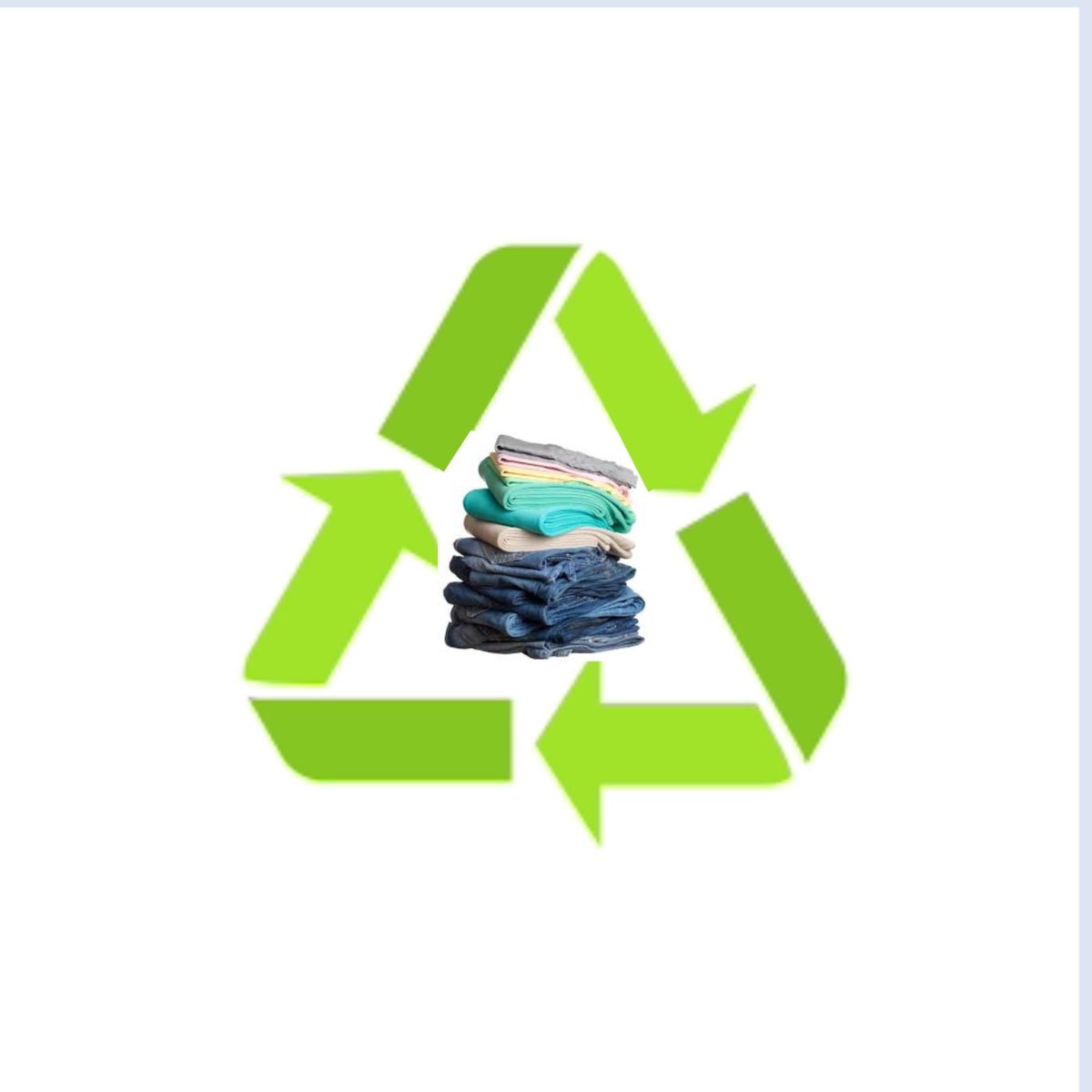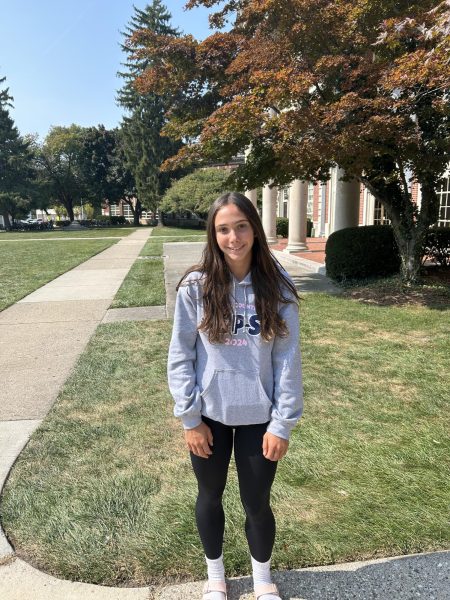Two years ago, my sisters took me to a thrift store for the first time. From the moment I stepped into the store, I was overwhelmed with excitement as I saw the array of clothes to fit any different age of person or style imaginable. Everything I saw was in contrast to the fast fashion clothing at the mall and all over social media.
I wholeheartedly believe that thrifting is beneficial in fighting the negative effects of fast fashion. With trends constantly changing, it is not uncommon to buy something that is “all the rage”, but then have it go out of style. Having trends cycle through this quickly results in immense waste in textiles, and according to the Boston University School of Public Health, about 34 billion pounds of textiles are thrown away year to year with only 15 percent of it being recycled. Additionally, even that 15 percent put out to be “recycled”, about half of that just ends up in poorer countries where it is put into landfills there. Purchasing clothes second-hand can help reduce textile waste and allow less clothing to have a second life and prevent it from being thrown away.
On top of being environmentally friendly, thrifting is also an affordable option for buying clothes. As a high school student, I know how difficult it can be to budget money from a summer job for the whole school year. When looking for cheap ways to shop, it is easy to see inexpensive clothing from popular brands and think “What’s the harm?” In reality, when items found in stores have a lower retail price, it also means that less money is spent on production according to George Washington University of Law. With that said, many factory workers for large-scale companies aren’t treated well, with under two percent of them being paid a living wage. Even with low pay many workers still work over 100 hours in a week, even children. Shopping at thrift stores is a better alternative to buying from inexpensive brands, and it’s still affordable.

